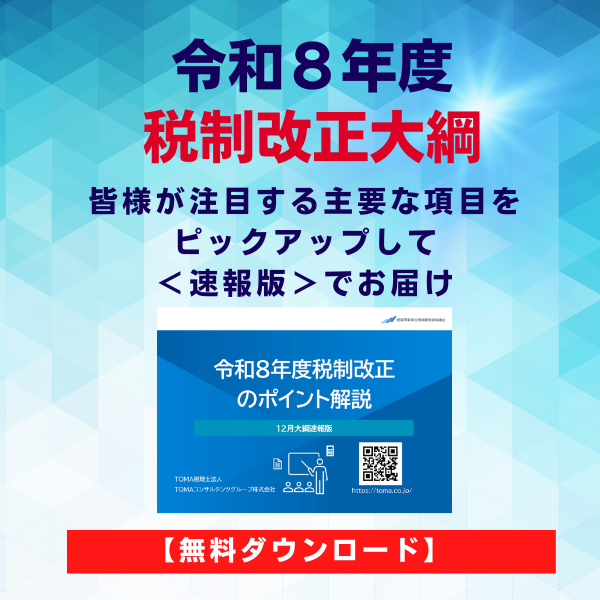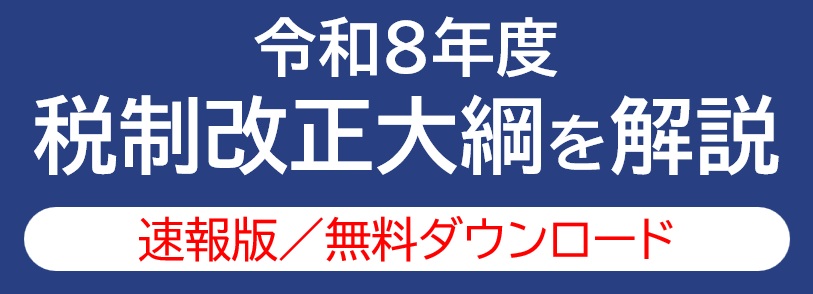[小冊子03:海外赴任と外国人雇用]
【はじめに】
今回も減損会計について日本と国際財務報告基準の違いを見ていきます。
【国際財務報告基準(IFRS)による減損の兆候の取り決め】
まず、減損の兆候については、無形固定資産(intangible asset)とのれん(goodwill)については、異なる扱いをしていますが(IAS※36号10項)、通常の減損の兆候の例については、
A 企業外部の事象による兆候(External sources of information)
B 企業内部の事象による兆候(Internal sources of information)、
C 子会社などから配当を受けとる時に発生する事象による兆候(Dividend from a subsidiary, jointly controlled entity or associate)
に分類して定めています(※IAS36号12項)。
※IASとは、国際会計基準(International Accounting Standards)のことです。現在、新しい会計基準は国際財務報告基準(International Financial Reporting Standards)として発表されています。
AとBについては、日本の減損の兆候にもでてくる事象が多いので、特段違いはありません。Cについては、子会社に投資をしている場合に、子会社の業績が悪くなるとみられる傾向を記載しています。日本では金融商品の会計基準やその実務指針で触れられるべき話です。
詳細については、IASの基準をそのまま記載します。
External sources of information
(a) during the period, an asset’s market value has declined significantly more than would be expected as a result of the passage of time or normal use.
(b) significant changes with an adverse effect on the entity have taken place during the period, or will take place in the near future, in the technological, market, economic or legal environment in which the entity operates or in the market to which an asset is dedicated.
(c) market interest rates or other market rates of return on investments have increased during the period, and those increases are likely to affect the discount rate used in calculating an asset’s value in use and decrease the asset’s recoverable amount materially.
(d) the carrying amount of the net assets of the entity is more than its market capitalisation.
Internal sources of information
(e) evidence is available of obsolescence or physical damage of an asset.
(f) significant changes with an adverse effect on the entity have taken place during the period, or are expected to take place in the near future, in the extent to which, or manner in which, an asset is used or is expected to be used. These changes include the asset becoming idle, plans to discontinue or restructure the operation to which an asset belongs, plans to dispose of an asset before the previously expected date, and reassessing the useful life of an asset as finite rather than indefinite.
(g) evidence is available from internal reporting that indicates that the economic performance of an asset is, or will be, worse than expected.
Dividend from a subsidiary, jointly controlled entity or associate
(h) for an investment in a subsidiary, jointly controlled entity or associate, the investor recognizes a dividend from the investment and evidence is available that:
(i) the carrying amount of the investment in the separate financial statements exceeds the carrying amounts in the consolidated financial statements of the investee’s net assets, including associated goodwill; or
(ii) the dividend exceeds the total comprehensive income of the subsidiary, jointly controlled entity or associate in the period the dividend is declared.
日本と比べて減損の兆候の事象としては似たようなことを定めていますが、Cの取り決めに代表されるように、子会社の純資産が出資や買収時の買収額よりも低くなった事象が見受けられた時点で兆候ありと捕らえていたり、日本のように兆候の詳細な取り決めがなかったり、また、減損損失の戻しいれが認められていることから、資産の収益性がちょっとでも減退してくると、減損の兆候ありとの判定をできるように基準が設定されているように見られます。
筆者の実務経験からお話しますと、日本の監査では、減損の兆候の判定の結果、兆候があるとなると、減損損失を計上する結果となる可能性が比較的高い傾向にあります。このため、企業側からみると減損の兆候がないと監査人に判断してほしいという気持ちが働いているように見えますし、監査人も減損の兆候があるとしたら、本格的に減損損失の計上を考えることがあります。
これに対し、シンガポールの監査人は、ちょっとでも収益性が低下した事象があれば、とりあえず減損の兆候がありと判断し、減損損失の金額算定の過程の結果、まだ損失が発生していないと判断されるので、減損損失を計上しないというパターンを多く見ます。このため、シンガポールの監査を受けている企業は、監査人より将来の収益予測の資料をくださいといわれる確率が日本より高いので、作業が煩雑だと思います。
【次回】
次回も減損会計について日本と国際財務報告基準の違いを少し細かく見ていきます。
【国際税務メルマガのご案内】
弊社では月1回程度、国際税務に関する事項をブログで配信しております。最新情報もチェックできます。
メールマガジン 「国際税務!ココが知りたい」の登録はこちらになります。
http://www.toma.co.jp/mail-magazine/
【Facebook ページ Toma Global Service】
https://www.facebook.com/Toma-Global-Service-452415411609351/
【Facebook ページ Tomaコンサルタンツグループ】
https://www.facebook.com/tomaconsul/
【Japan Tax Guide – for Beginners – 英語による日本の税務の説明ブログ】
https://toma.co.jp/category/blog-jtg/
【TOMAグループお薦めセミナー】
7月12日(火)
日本時間15:00~17:00 (受付14:30~)
シンガポール時間14:00~16:00 (受付13:40~)
わかりやすい国際相続と節税セミナー【ライブ中継で東京・シンガポール同時開催】
https://toma.co.jp/seminar/h280712/









